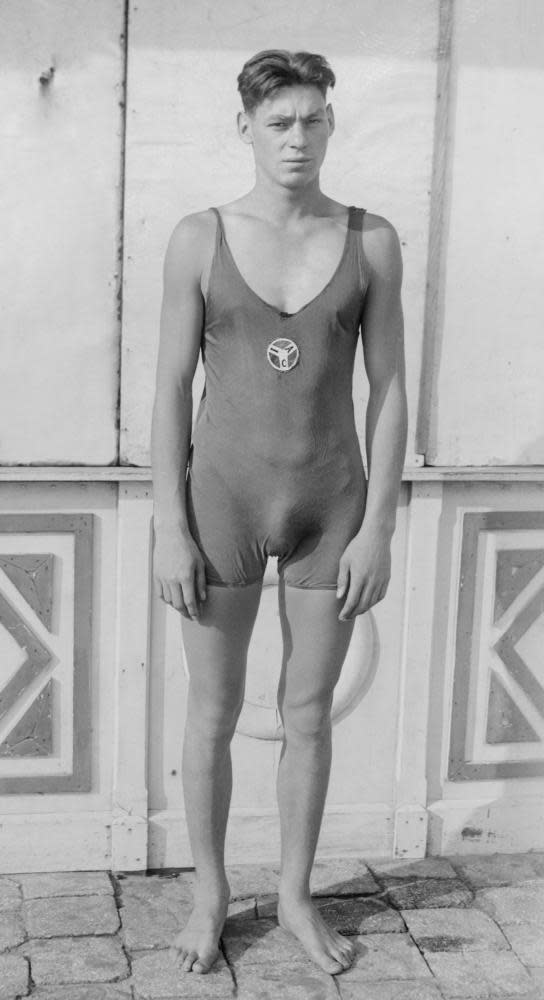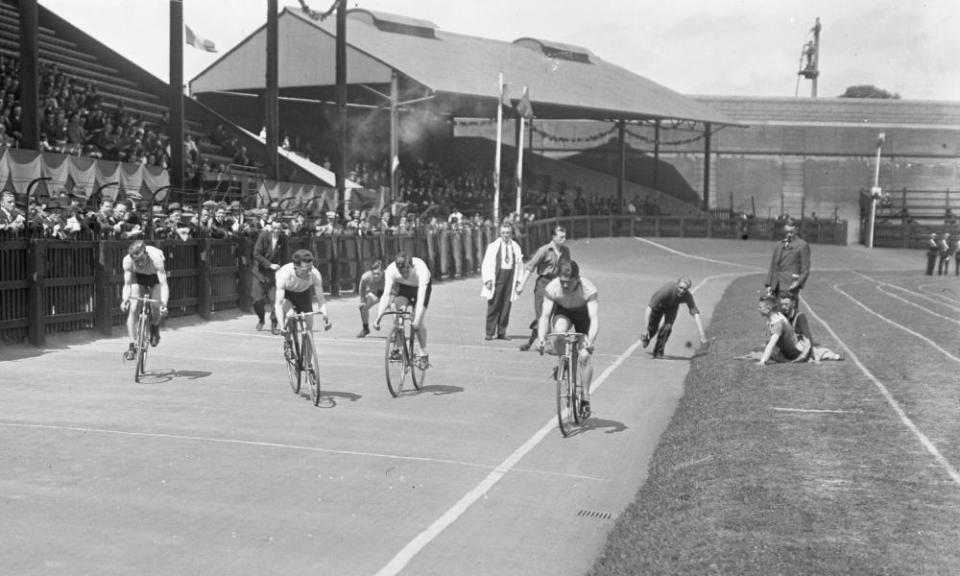Ireland’s Tailteann games: forgotten Gaelic ‘Olympics’ that shaped a democracy

In the summer of 1924, Ireland did something extraordinary: it hosted the biggest sporting event in the world that year – bigger, even, than the Paris Olympics.
Thousands of competitors and tens of thousands of spectators packed venues around Dublin for an array of events encompassing not only athletics, swimming, horse racing, archery and other sports but also poetry, painting, dancing and sculpture.
The inaugural Tailteann games – named after an ancient version of the games last held seven centuries earlier – were designed to celebrate Irish culture and sporting prowess but with a modern, global twist.
Chess was included in the mistaken belief the Irish invented it – the 32 pieces supposedly represented Ireland’s 32 counties – while sports deemed English, such as football, rugby and cricket, were excluded.
Elite foreign athletes were invited, including the US Olympic champion – and future star of Tarzan films – Johnny Weissmuller. Ireland had no proper swimming pool so he swam – and won – in a repurposed pond at Dublin zoo.
This summer marks a centenary of sorts because the inaugural games were originally slated for 1922 and preparations were well advanced, while an arts exhibition went ahead. Next week marks the 90th anniversary of the 1932 – and final – Tailteann games.

Ireland is in the midst of commemorating historical events in a so-called “decade of centenaries” spanning 1912 to 1923, a transformative decade when Ireland emerged as an independent state. The Tailteann games, however, are not being commemorated.
“It has essentially slipped from the public consciousness. It has been lost to history,” said Paul Rouse, a history professor at University College Dublin who worked on a 2006 TG4 documentary about the games. “Over time it’s been lost in the public memory even though there are lots of houses with Tailteann medals and picture scrap books.”
But Rouse and the handful of scholars who have written about the games – held in 1924, 1928 and 1932 – say they were a hugely ambitious undertaking by a fledgling state to showcase Ireland as a viable nation.

“They took the germ of an idea that came from ancient Irish civilisation, linked it to a cultural revival, repackaged that dream in an Olympic context and delivered it – and that’s important,” said Mike Cronin, academic director of Boston College Ireland.
The logistical feat of staging the inaugural games was all the more impressive given that it came on the heels of the 1922-23 civil war and the 1919-21 war of independence from Britain, with parts of Dublin still in ruins, said Cronin. “It’s easy to dismiss it as a curio but it was really significant. If they’d got it wrong – problems with the airport, trams, hotels, stadiums – it would have backfired. The fact they did it and made it work is testament to their grit and determination.”
According to nationalist legend, the Irish High King Lugh held the original Tailteann games, or Aonach Tailteann, in 632BC to honour his stepmother, Queen Tailté, and they continued intermittently for more than 1,000 years until the Norman invasion of 1169 paved the way for English colonisation. Some nationalists even claimed they were the inspiration for the ancient Greek Olympics, although those games started earlier.
The revival of hurling and other traditional Irish sports under the Gaelic Athletics Association (GAA) and the creation of the Irish Free State in 1921 prompted Ireland’s new, fragile government to revive the Tailteann games in 1922.
Civil war postponed the event until 1924, allowing organisers to schedule it just after the Paris Olympics and entice top international athletes, especially Americans who sailed home via Cobh port. The New York Times, Pathé News and other outlets covered the spectacle.
The opening pageant at Croke Park featured an actress in a long dress and cloak as Queen Tailté and men dressed as Gaelic warriors with spears and wolfhounds.
The male-dominated games were open to Irish citizens and members of the diaspora, with teams from Britain, the US, Canada, Australia and South Africa. Organisers diluted Irishness in return for celebrity stardust in the form of Weissmuller, the US high jumper Harold Osborn and other Olympic champions.

Huge crowds watched car, motorcycle and aircraft races, the latter featuring the newly formed Free State Air Corps. There was also rowing, boxing and golf. Cultural events included ceilidhs, plays and speeches by the poet WB Yeats and other intellectuals. More than 1,000 medals were awarded.
“It was designed to demonstrate to the world that the Irish had survived centuries of colonisation, that its civilisation was intact, and that the Irish had taken their place among the nations of the Earth,” said Rouse.
Attendance and enthusiasm dipped in the 1928 games, held just after the Amsterdam Olympics, and even more so in the 1932 games, which could not siphon talent from the Los Angeles Olympics.
Related: MP whose murder sparked Irish civil war to get Commons plaque
Despite ending with a whimper, the games signalled disengagement from England, said Billy Shortall, a historian at Trinity College Dublin. “The authorities wanted to say: ‘we’re a new state but we are an ancient nation’.” The spectacles helped heal civil war divisions and perhaps even averted a fresh conflict, said Shortall. “During the whole sequence of games, from 1922 to 1932, Ireland became a stable democracy.”
Other historians think civil war divisions helped sink the games – that Éamon de Valera’s Fianna Fáil party, once in power, let them wither because they were associated with the rival Cumann na nGaedheal party. “But in a way the games did succeed,” said Cronin. “After all the chaos, it was a message that Ireland was open for business.”
The games are not completely lost to history: this year the GAA inaugurated a second-tier Gaelic football league called the Tailteann Cup.
• Additional reporting by Finn Logue

 Yahoo Sport
Yahoo Sport 





































